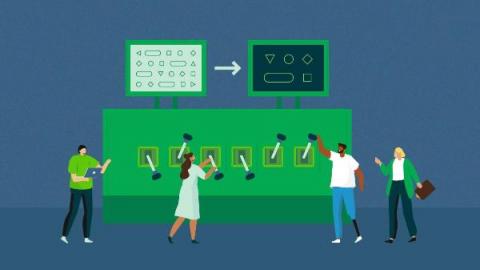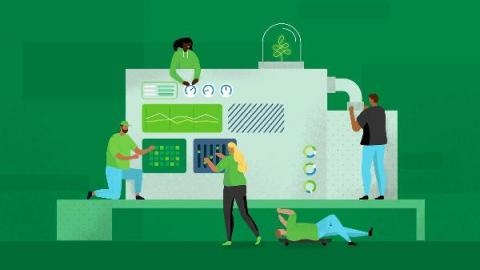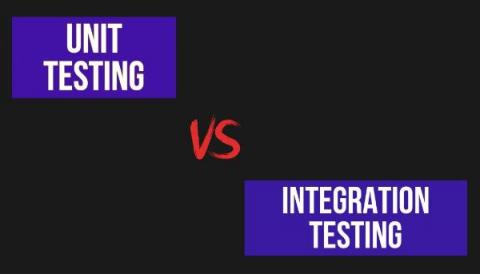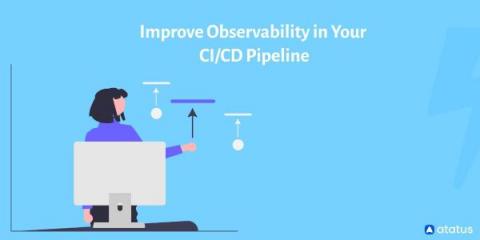Everything you wanted to know about Securing the Software Supply Chain
You know you need to secure your software supply chain. Everyone’s telling you that these days - your executives, your vendors, even the United States government. Your organization has an initiative to do so, or maybe they’ve brought in an expert to help you achieve this goal. But hold on a minute - do we have a shared understanding of what a software supply chain is, and what exactly makes it secure?











